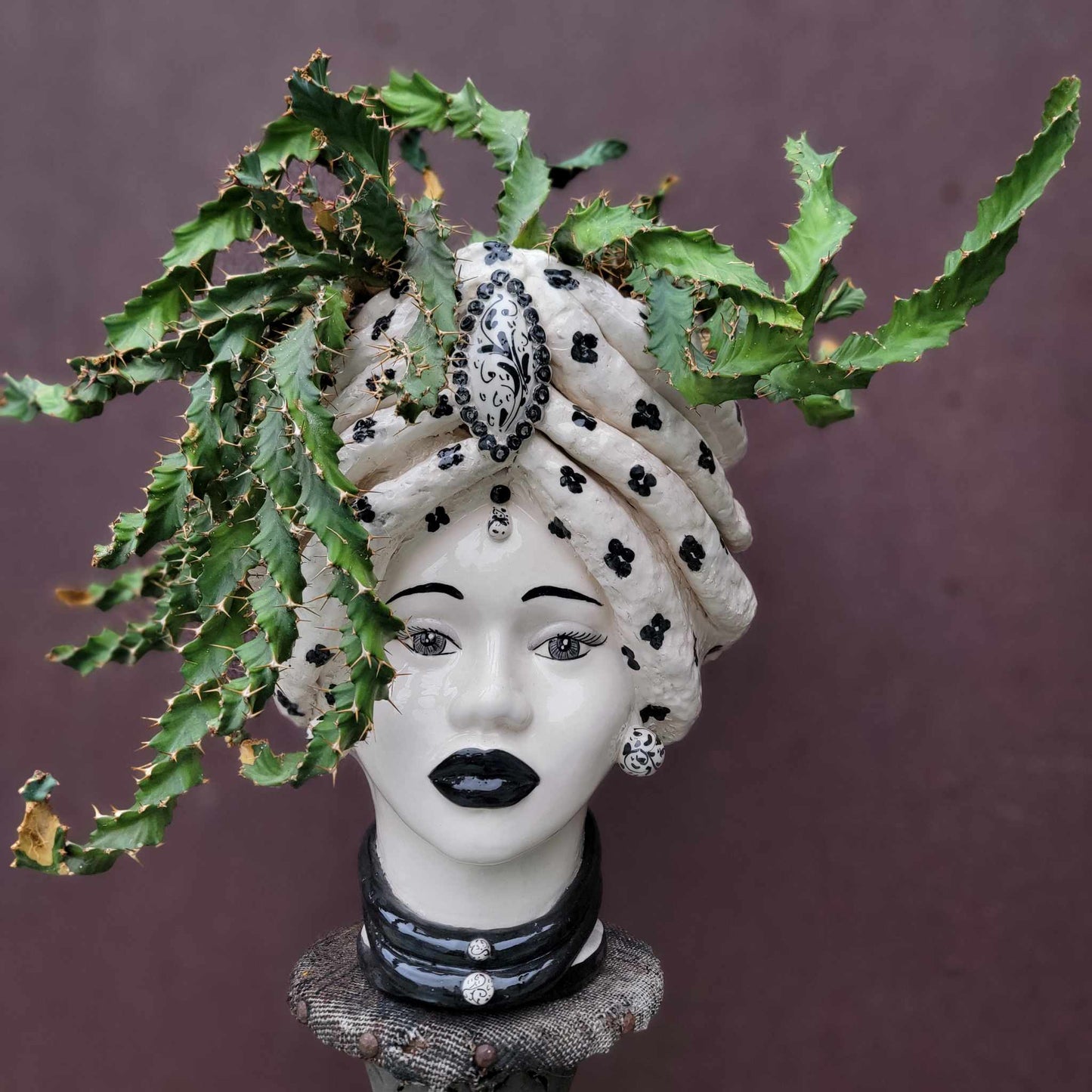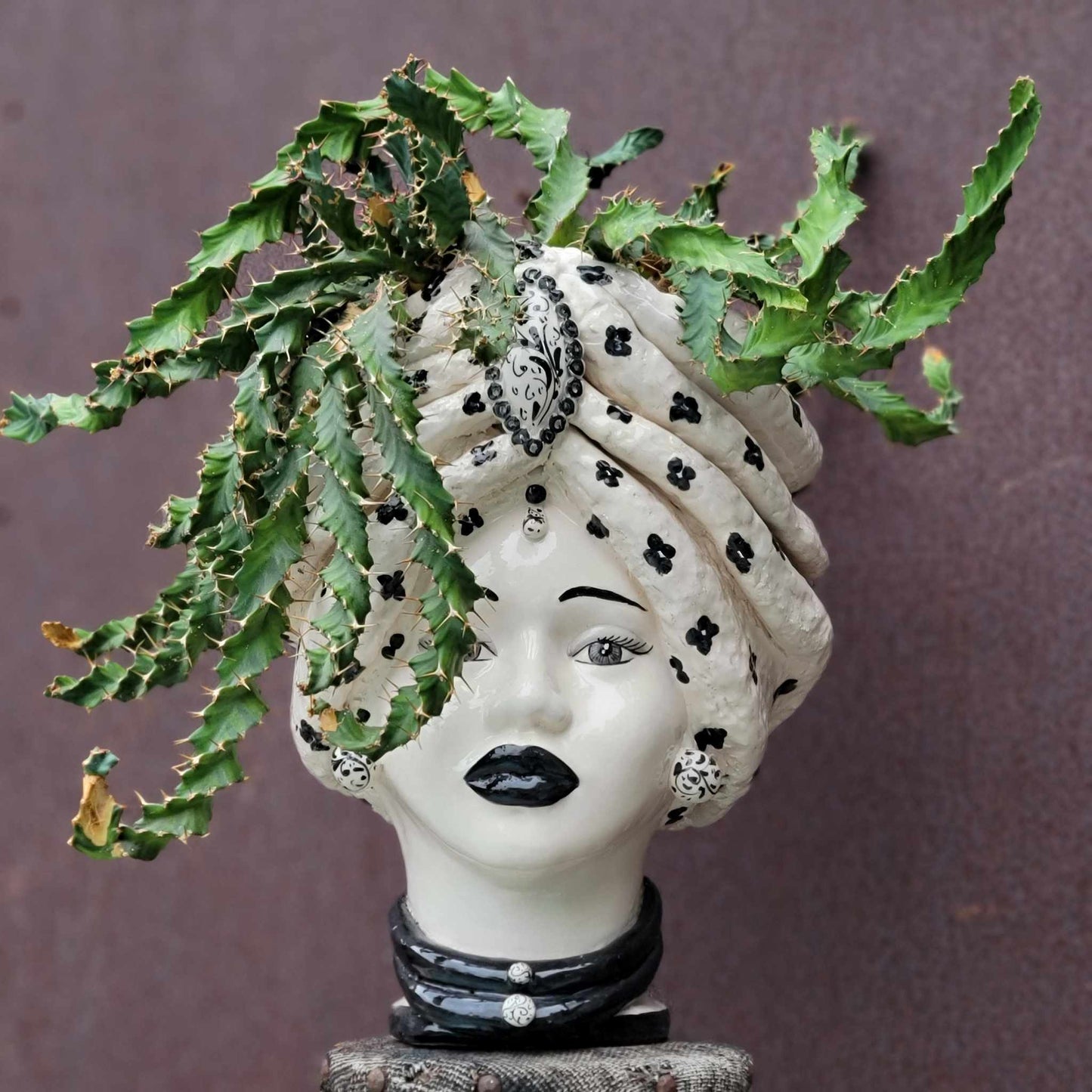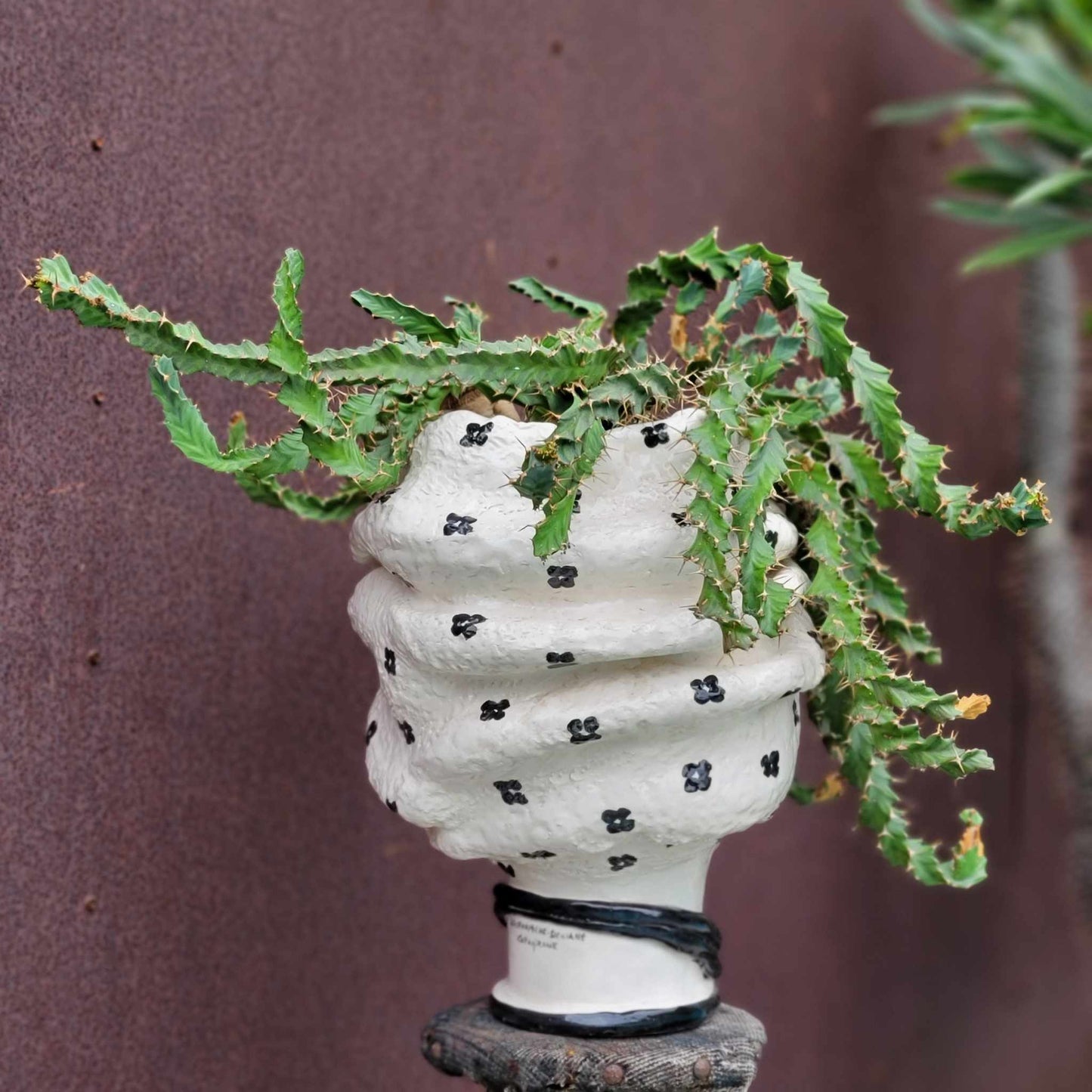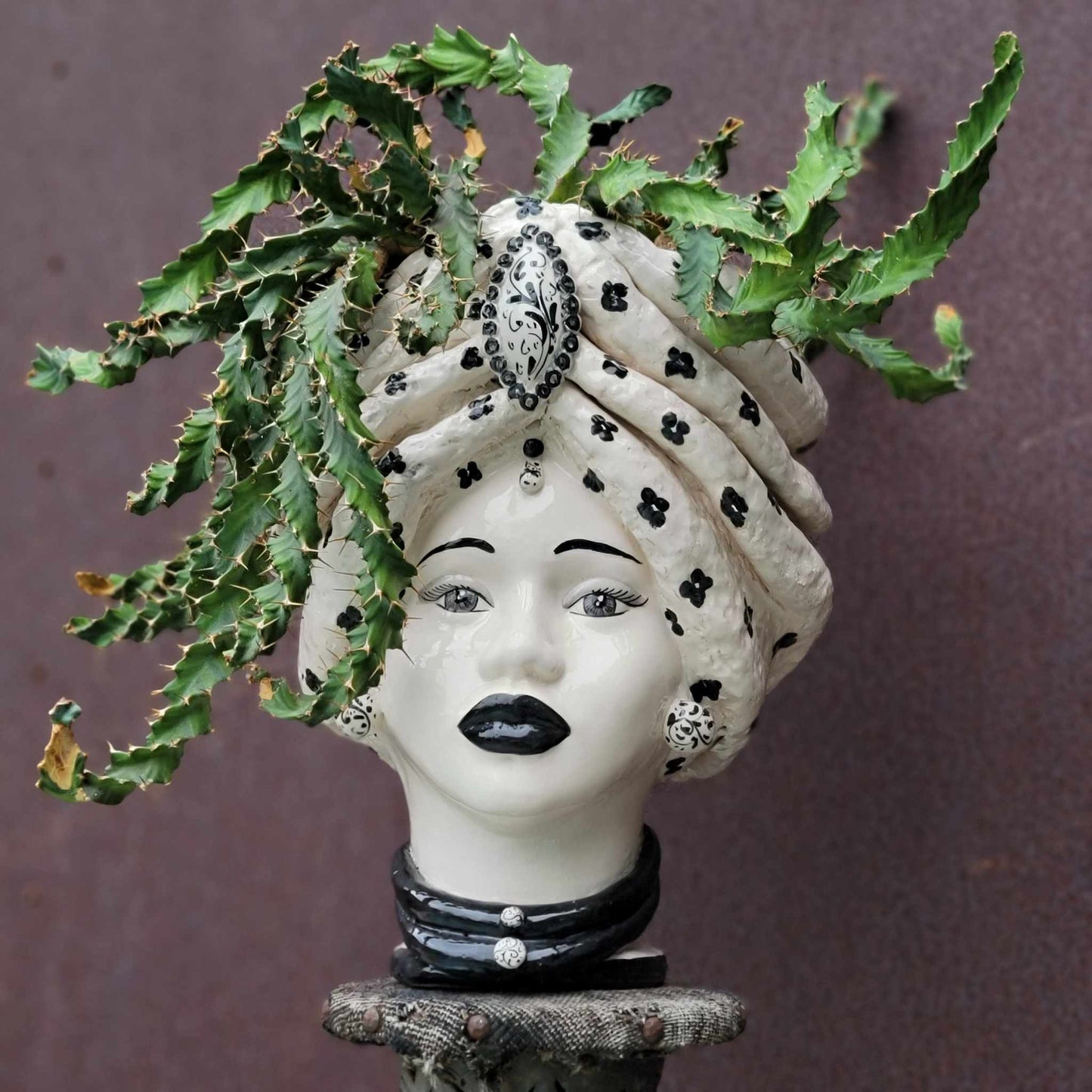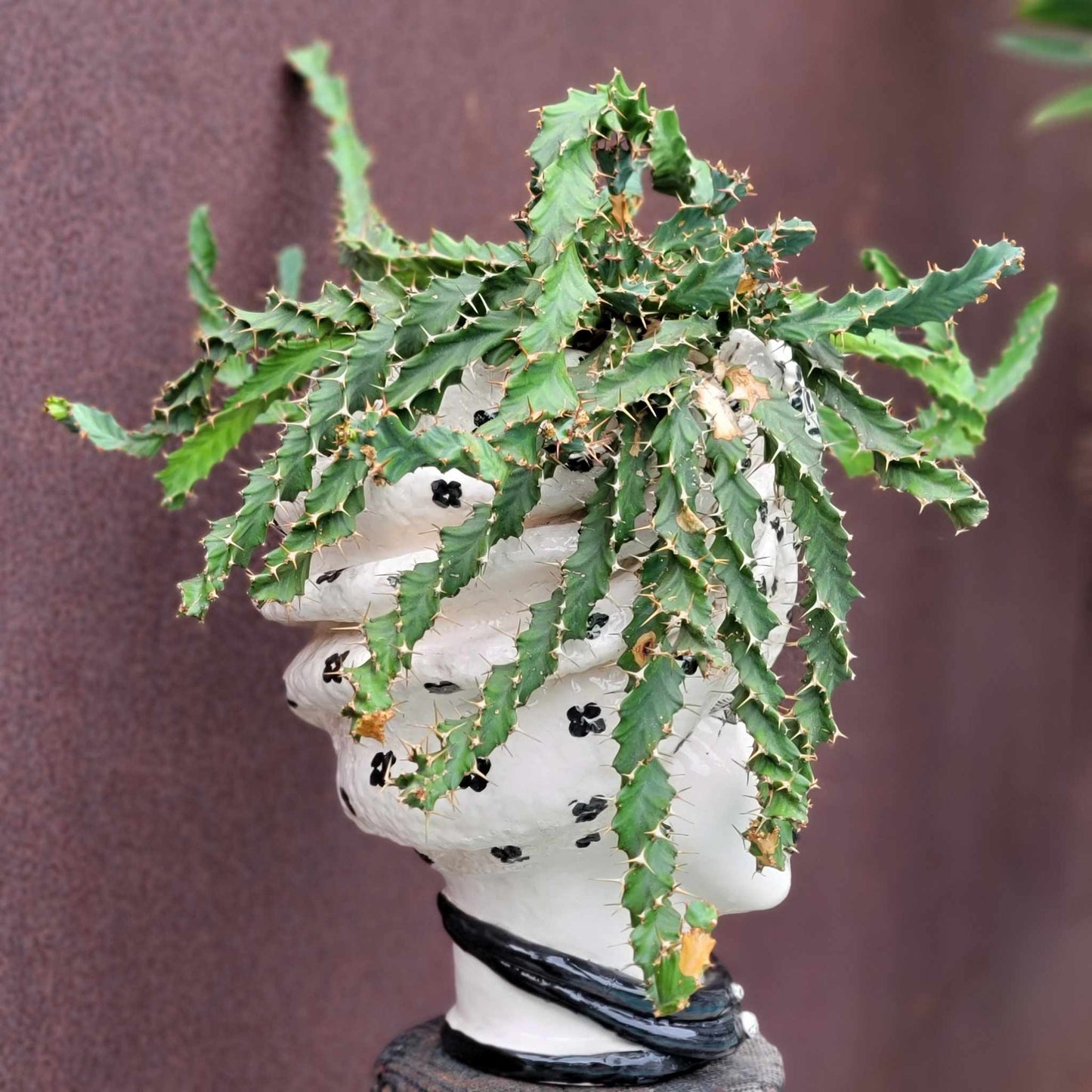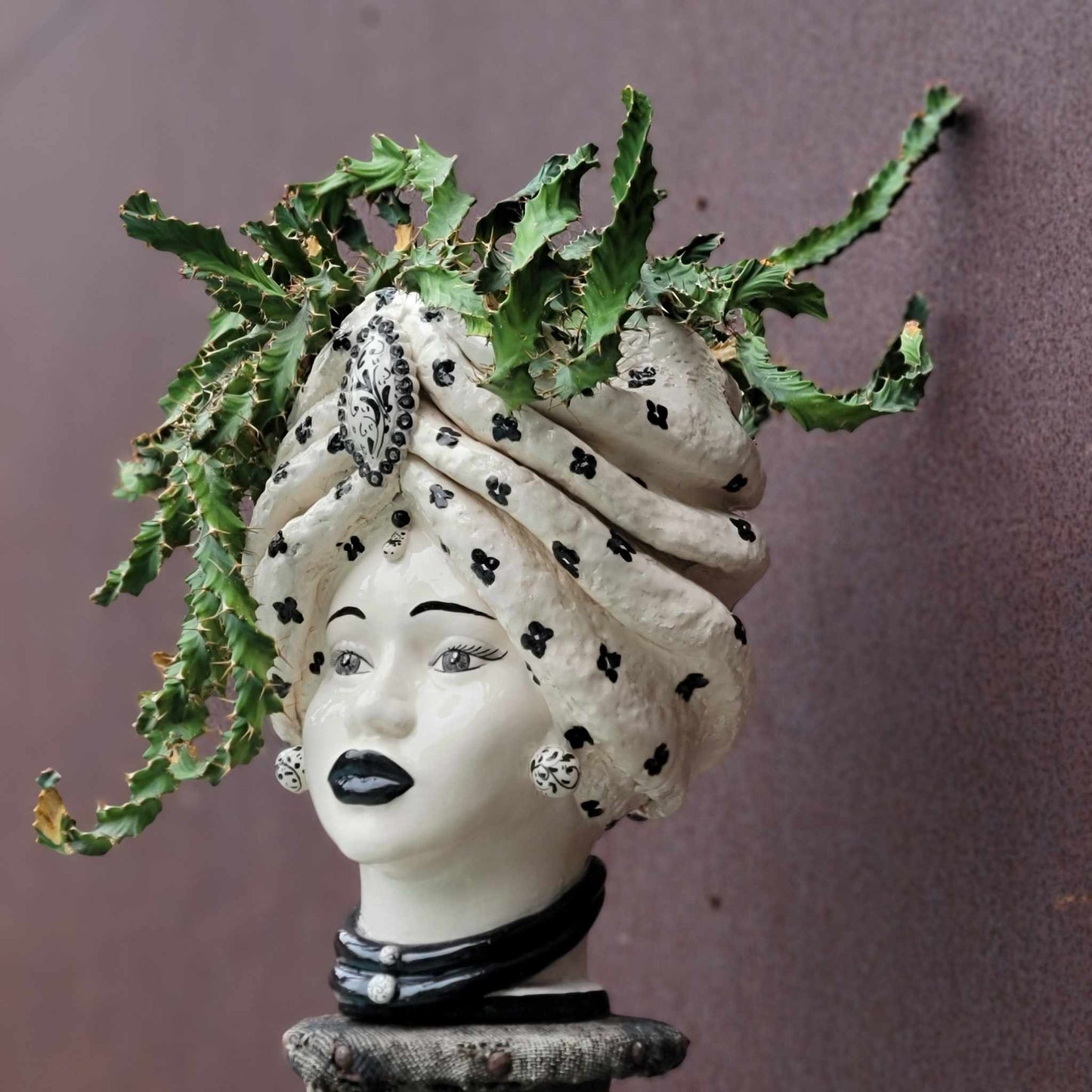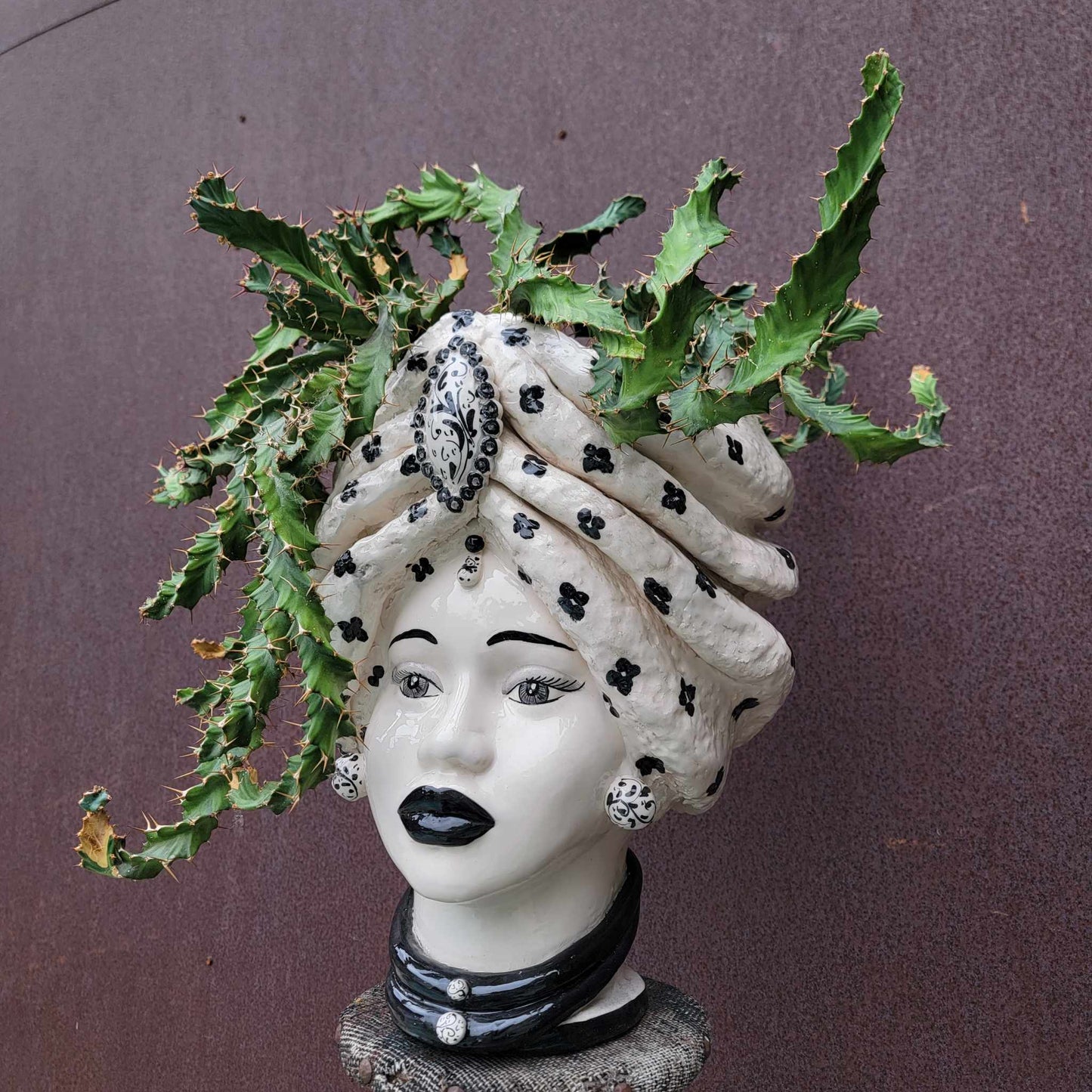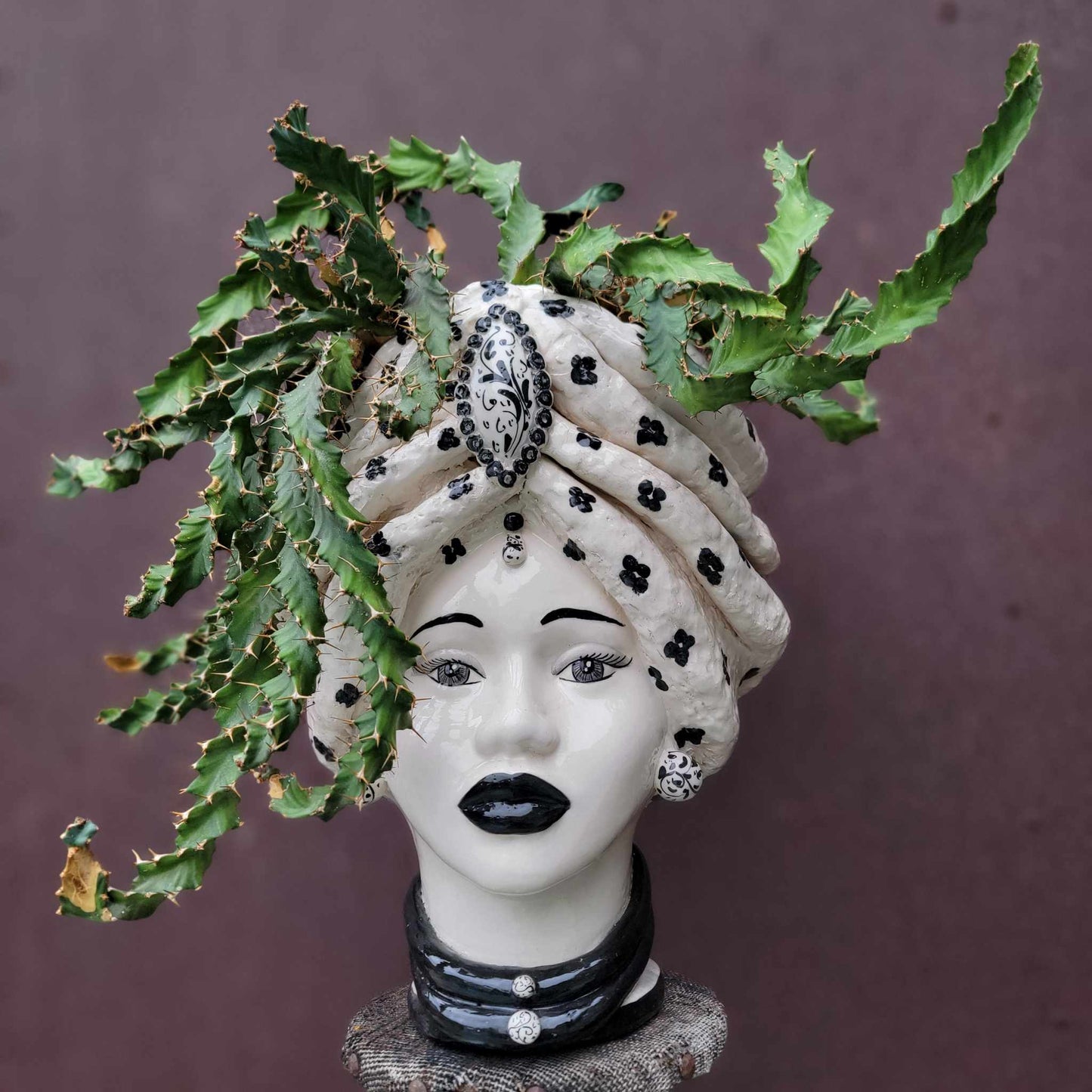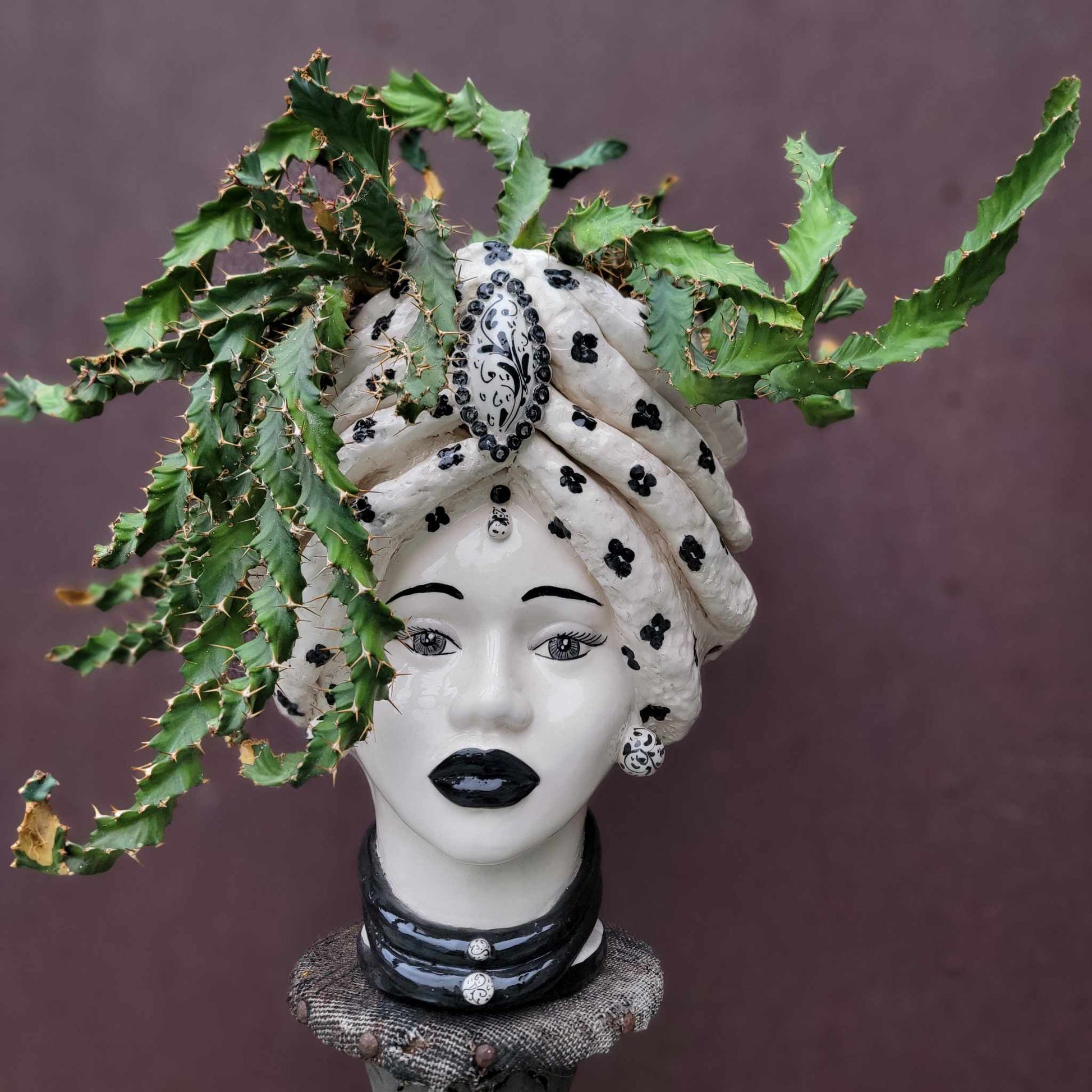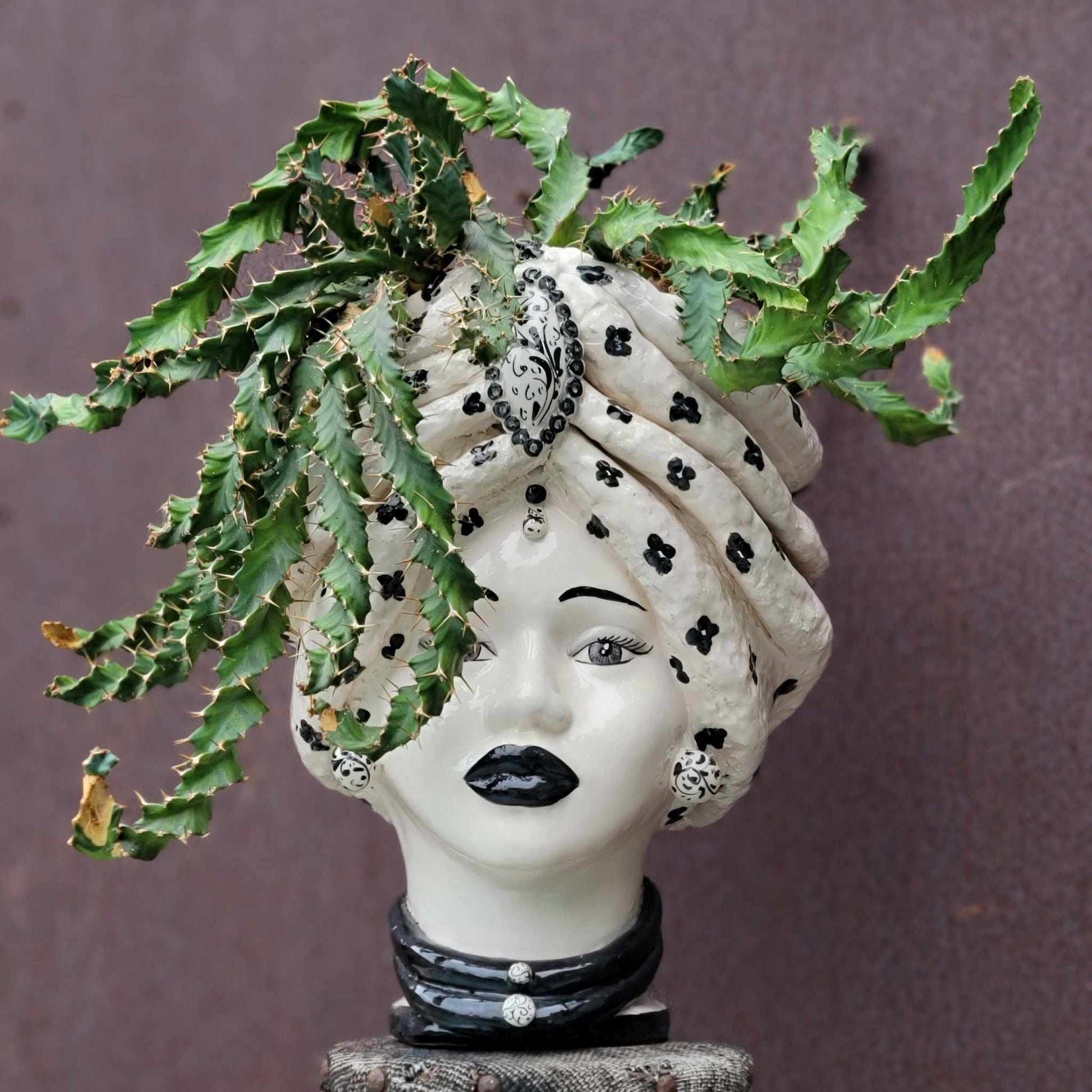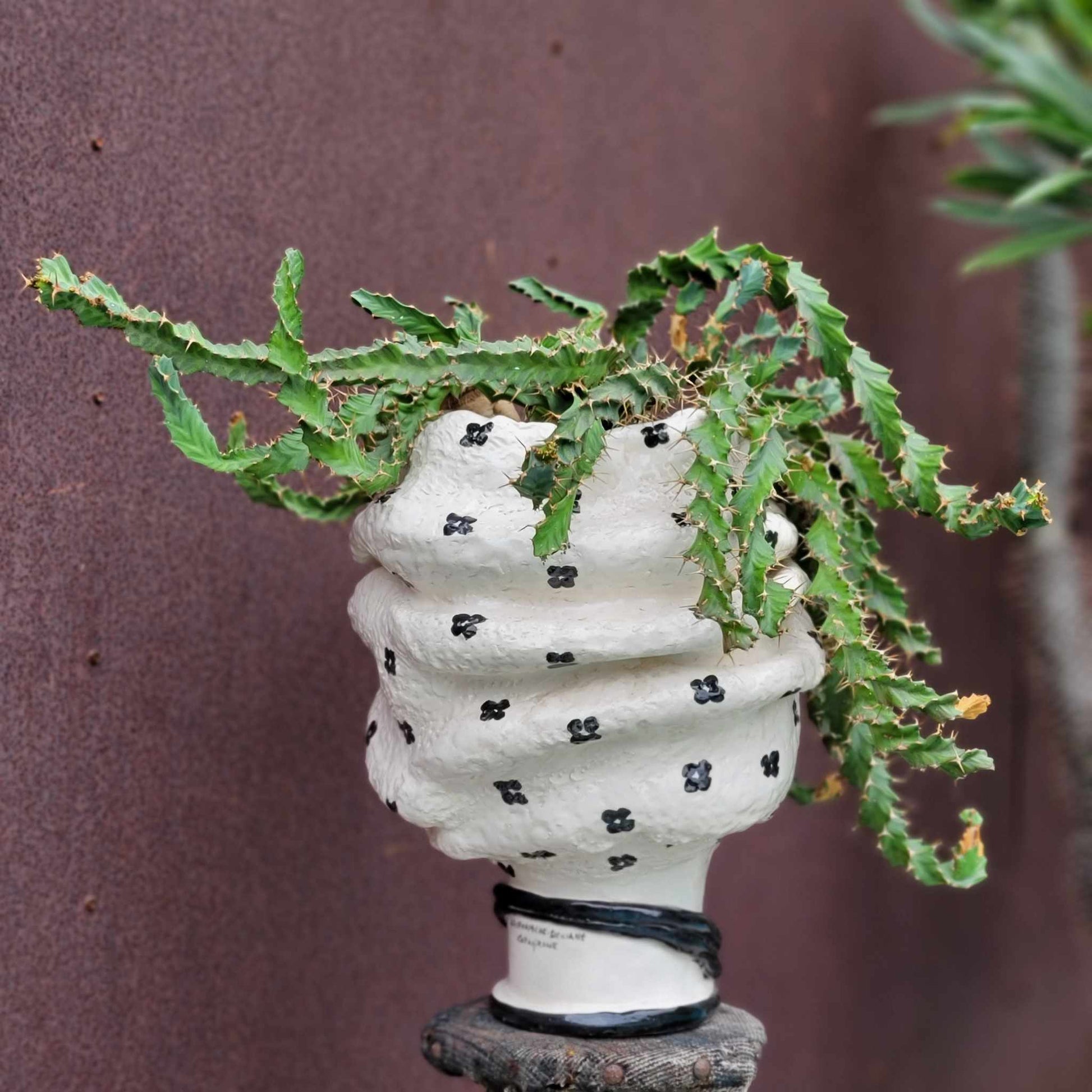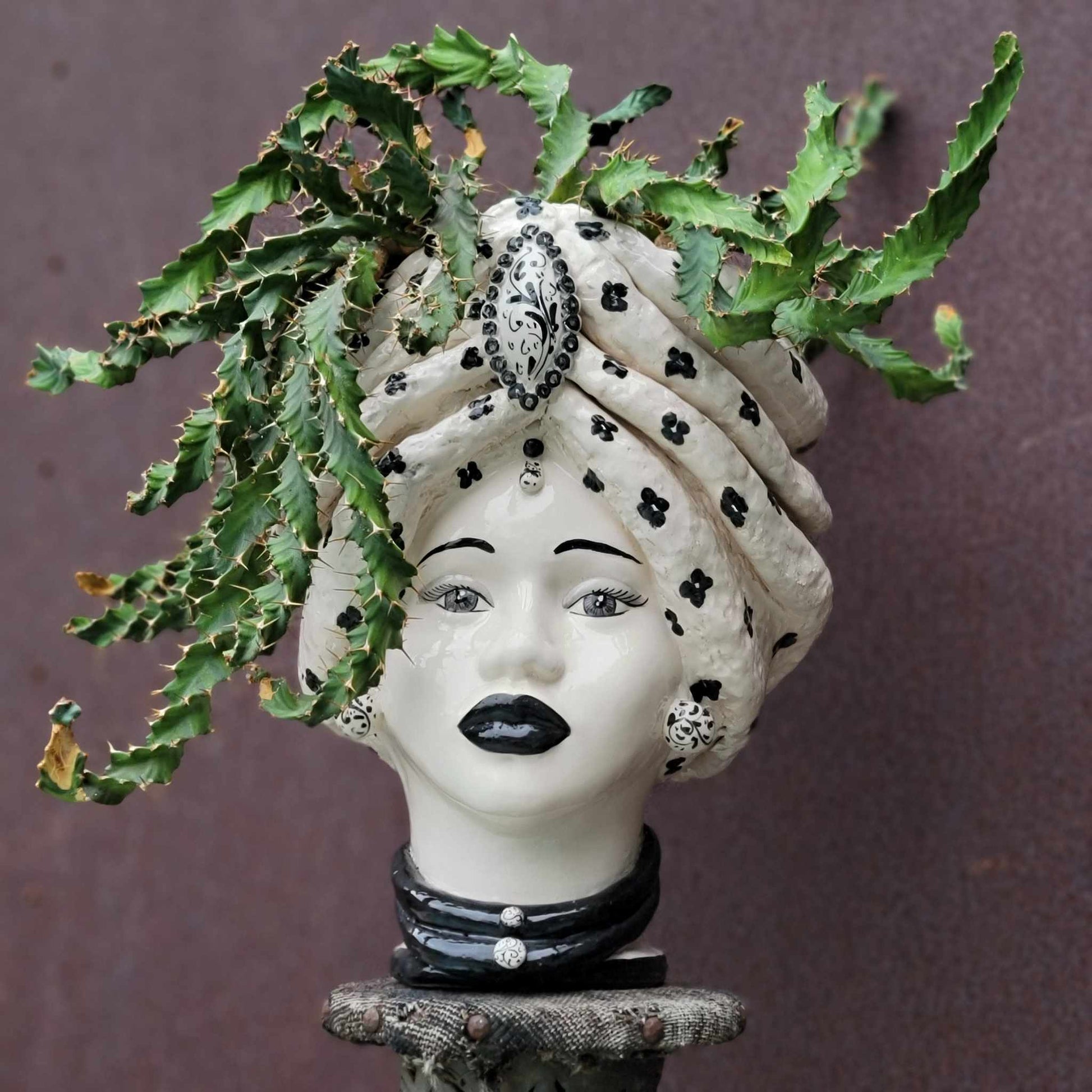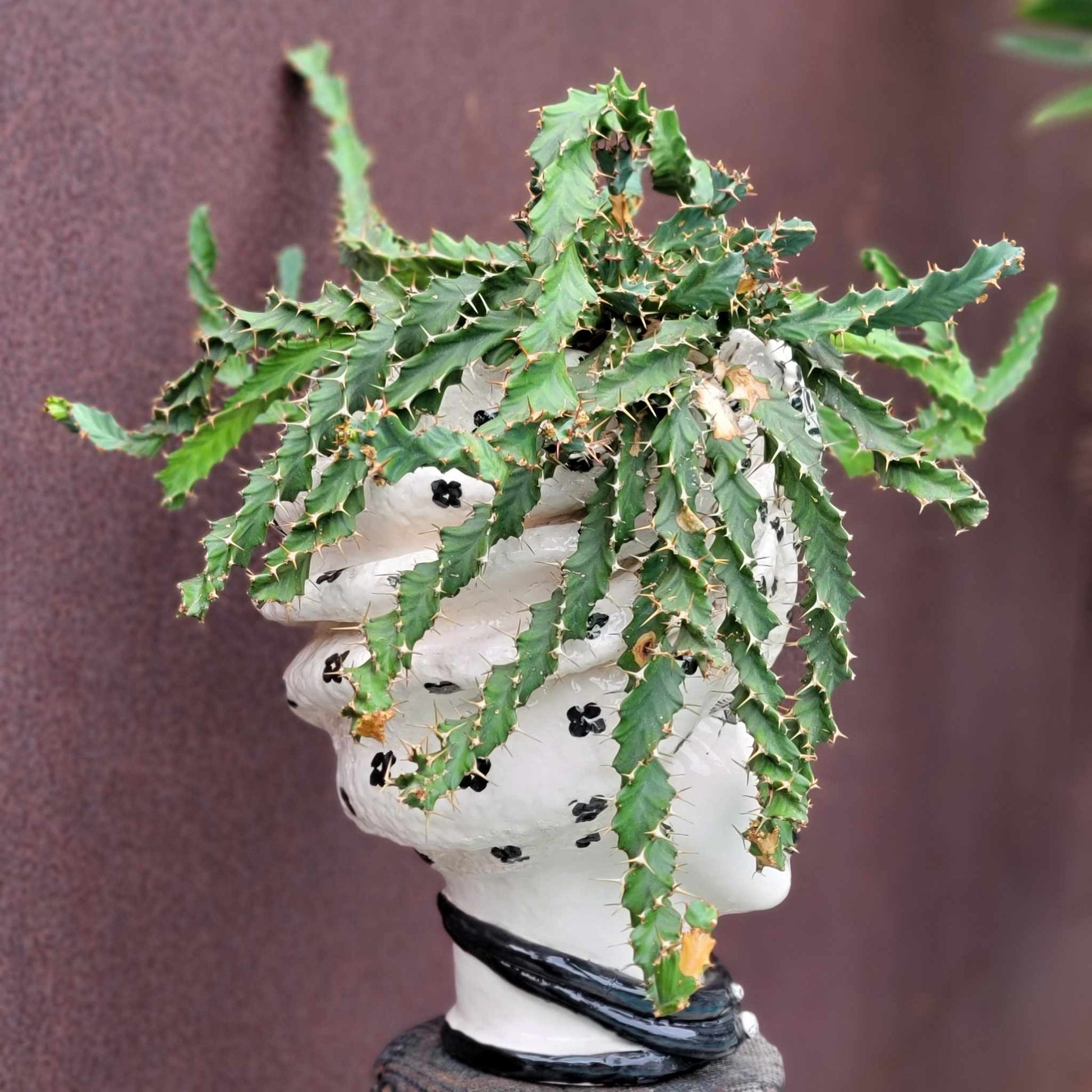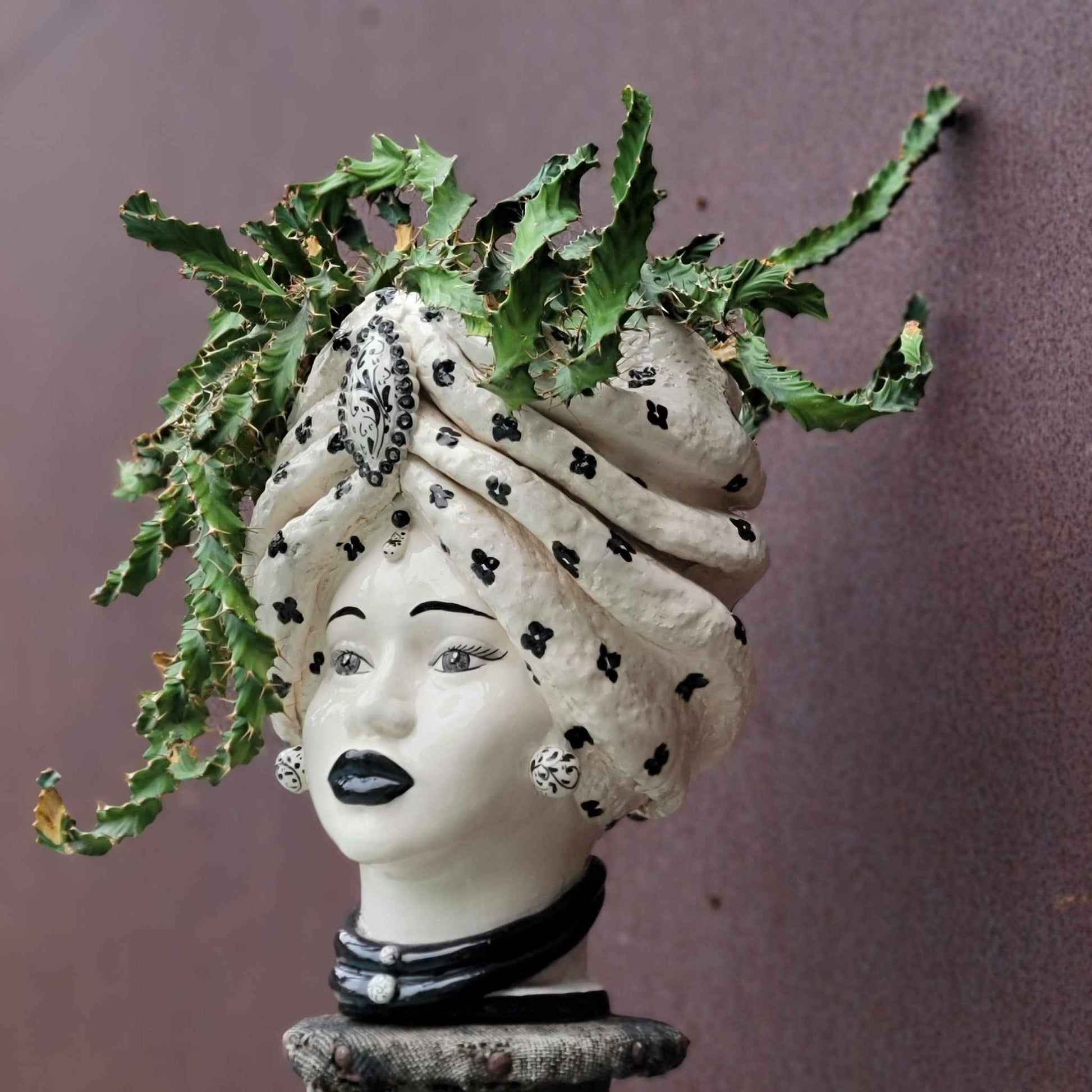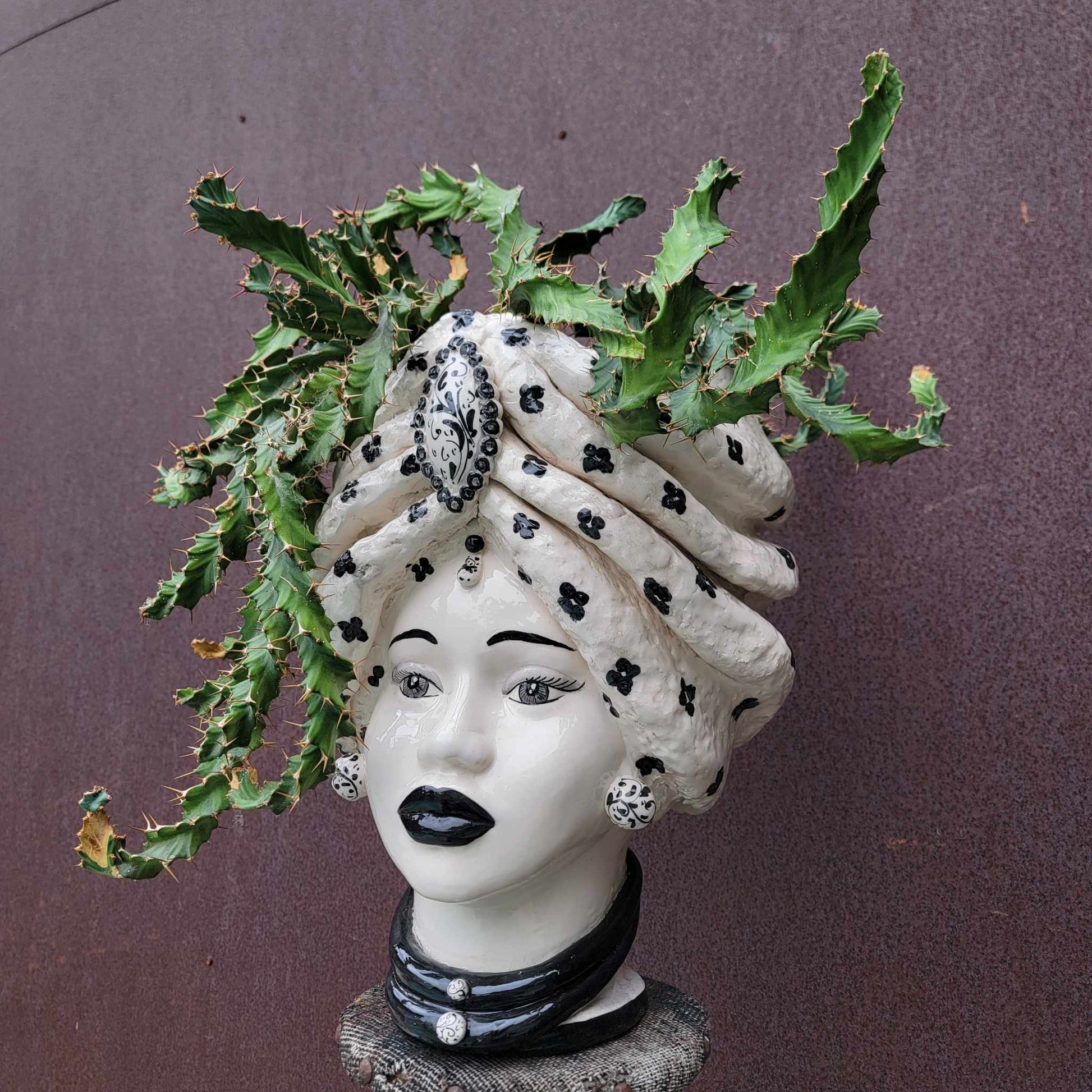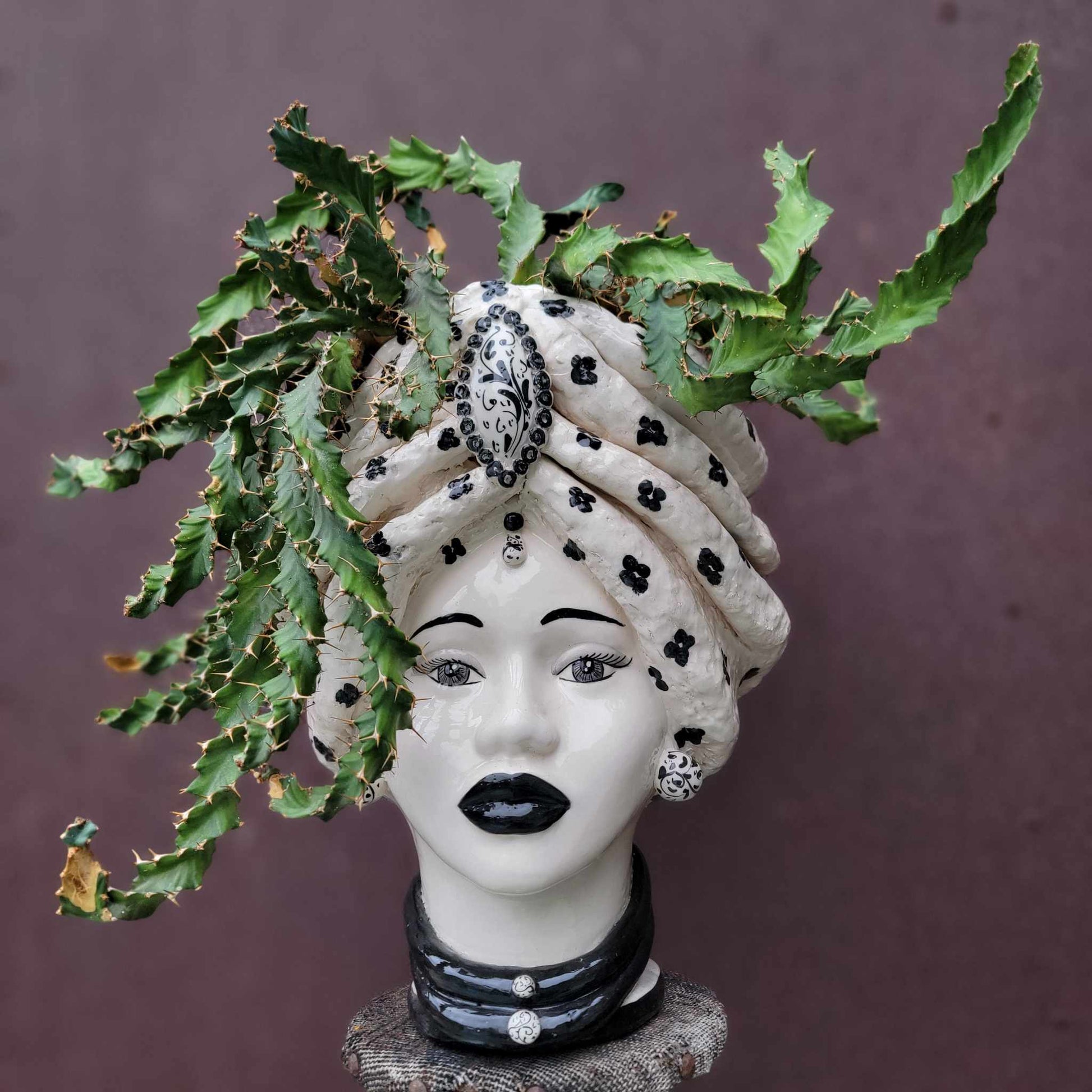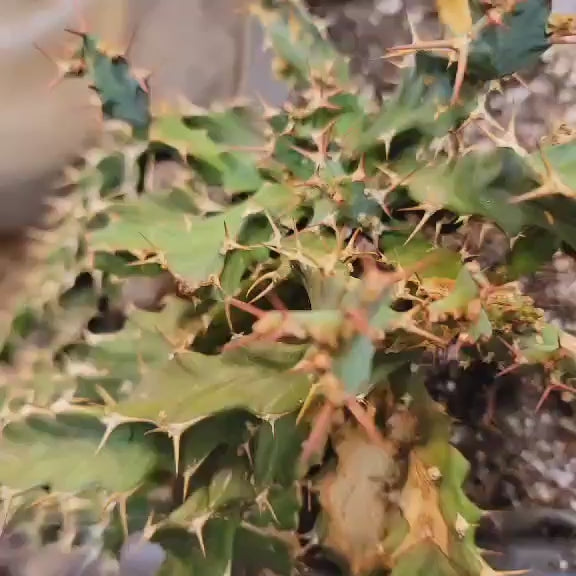Shangri-Ha Cactus Ranch
Euphorbia clavigera f. persistens - BIG - Seed Grown
Euphorbia clavigera f. persistens - BIG - Seed Grown
Couldn't load pickup availability
Euphorbia clavigera f. persistens - BIG - Seed Grown
You will receive this exact large specimen, seed grown.
Measures 24" wide in total as shown.
This contains a total of 5 specimens! 2 large clusters and 3 singles.
Features too many arms to count, the longest measuring appx 15" long.
Roots as shown.
Showcased here in one-of-a-kind Moor's head, handmade in Italy (sold separately).
Will be shipped bare root.
The botanical name Euphorbia clavigera f. persistens refers to a specific form of the succulent plant Euphorbia clavigera. This plant is native to southeastern Africa and is prized by collectors for its distinctive, radiating branches and caudex (swollen, water-storing root).
Key characteristics:
- Form: This caudiciform succulent develops a thick, underground caudex that can grow up to 12 inches in diameter. Above the ground, it produces tufts of blue-green, ribbed, and spiny branches that can be up to 12 inches long.
- Branches: The stems often have dark green, half-circle spots along their margins, which is a key distinguishing feature of this form.
- Spines: Paired spines of irregular lengths decorate the margins of the branches.
- Flowers: Like other euphorbias, it produces small, inconspicuous golden or greenish-yellow flowers called cyathia.
- Sap: All Euphorbia species produce a white, milky latex sap that is toxic. The sap can cause skin irritation and is poisonous if ingested.
Growing Conditions & Care:
- Light: Provide maximum sun exposure for the best growth and coloration. It can tolerate full sun but may appreciate some afternoon shade in extremely hot climates.
- Watering: Water thoroughly but allow the soil to dry out completely between waterings to prevent root rot. Overwatering is a common cause of death for euphorbias. Water less frequently during its winter dormancy period.
- Soil: Use a well-drained, gritty soil mix. A cactus or succulent blend with added perlite or coarse sand is ideal.
- Cold tolerance: This is a tender succulent that is not frost-tolerant. It is cold hardy in USDA Zones 9b–11b and should be protected from temperatures below freezing.
- Dormancy: It is a winter-dormant plant, meaning it will slow or stop growing in the colder months. During this time, reduce watering to prevent rot.
- Propagation: Can be propagated from seeds or stem cuttings. Cuttings will not form a caudex unless they are "double cut" after establishing, which encourages the swollen root formation.
Identification:
- The plant is sometimes sold as Euphorbia clavigera, its base species.
- The synonym Euphorbia persistens was previously used for this species and can still be seen in some nurseries and older publications.
- Some enthusiasts note that there are different forms or populations, leading to variations in appearance.
